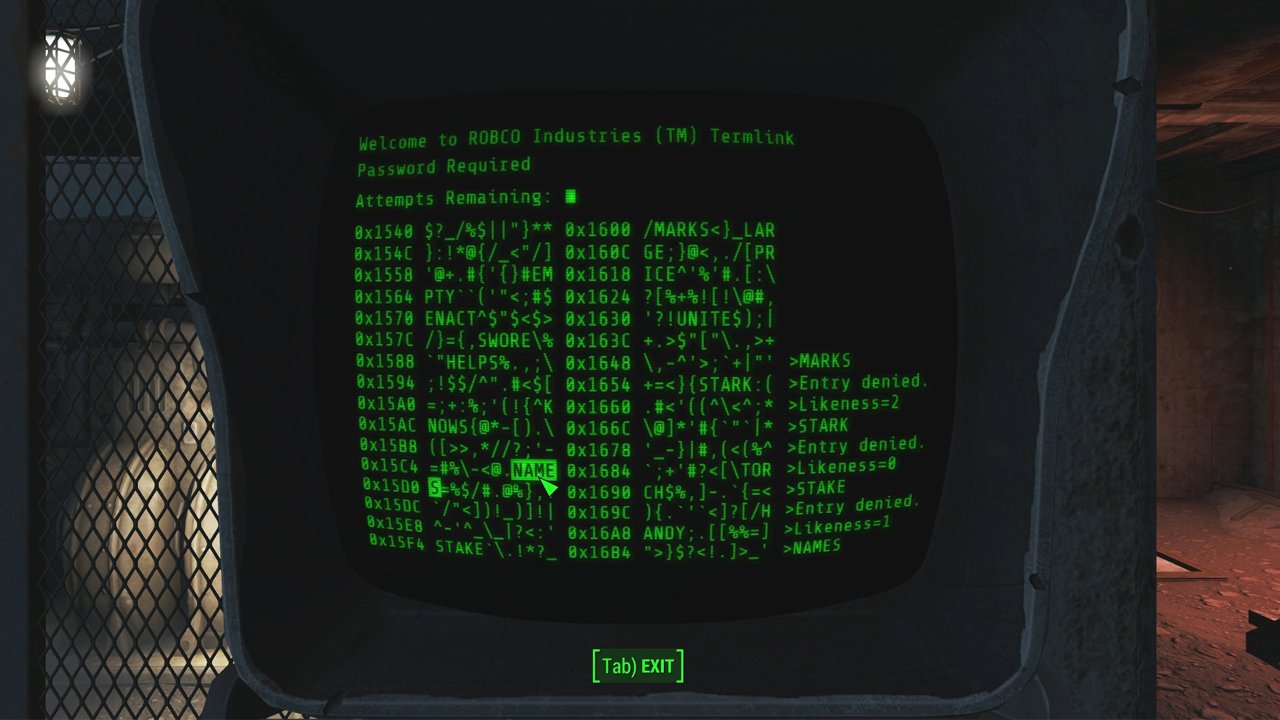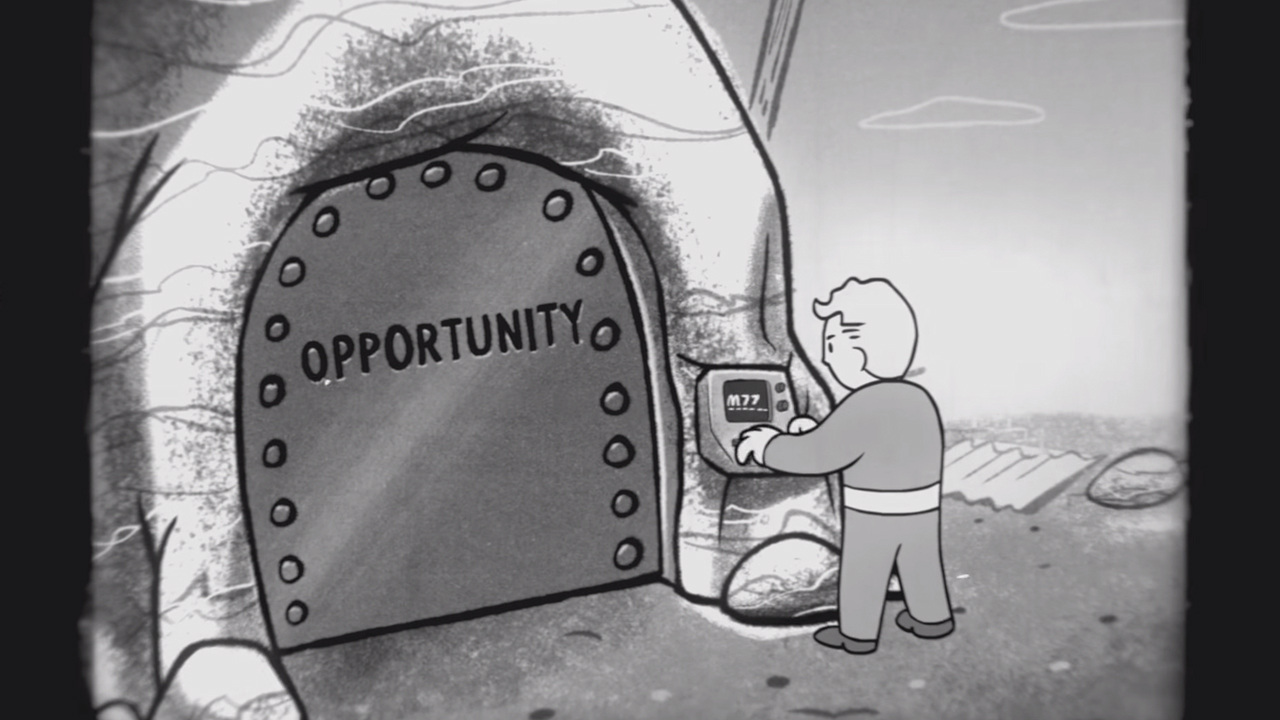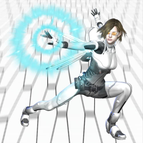Why I Love: Hacking terminals in Fallout 4
I’m pretty much a sucker for any hacking mechanic you care to cram into a video game, but I’m particularly fond of breaking into Fallout 4’s computers. Though terminals often ease your way through certain confrontations, letting you turn off turrets or open doors, more often they’re digital windows into the world you now find yourself exploring. A lot’s happened since you entered Vault 111, and the chunky monitors you find dotting the landscape can clue you into events both massive and mundane. All of which is great - but mostly I like hacking them because of the clacking.

As you might expect from computers designed in a 1950s Americana aesthetic, the terminals of Fallout 4 are delightfully old-fashioned, screens aglow with toxic green characters, circuitry sizzling in a constant background hum. The keys make the most satisfying clacky-clack noises as you tap at them, trying to puzzle out the logic of the game’s unique password-guessing minigame. It’s a bit like Mastermind: you’re given a selection of words, all of which could be the password, and when you choose one you’re told how many letters it has in common with the genuine article. You only have so many tries at breaking the encryption before the security locks you out of the terminal, so you’ll spend a fair amount of time peering at the screen, lime-hued letters boring holes into your retinas, screen flickering in a way to suggest that one good sneeze might blow its ancient fuses and render it completely useless.
Hacking Fallout 4’s terminals is the perfect encapsulation of the way the game marries the modern with the old-fashioned. You’ve got power armor over here, bobby pins over there, and both are important for success. The computers of the Wasteland represent great power - be that the power of knowledge or the power to control your surroundings - and yet they’re charmingly antique and awkward. Our real-life technology is super sleek, what with its rounded corners and touch screens and 80-bazillion-color displays. That’s all really fantastic and cool, but it lacks the soul of super-clacky cube-shaped keys and the rat-a-tat-tat of letters and numbers populating the screen as though they were being placed there by some invisible, yet terribly loud typewriter. Let’s also not forget the charm of the “Bip!” noise whenever you do something right, or the “Bz bz” when you don’t.

I’d still hack terminals in Fallout 4 even if they were on the Wasteland’s version of a MacBook, of course, because it’s almost always time well spent, and the logic game itself is an enjoyable respite from giant monsters trying to rip me apart. But the clacky-clack of the keys makes the task not just useful, but endearing. Dogmeat’s my very best Fallout friend and I’m pretty fond of Codsworth, too, but there’s a special place in my heart for those clunky, kludgy computers.
Sign up to the GamesRadar+ Newsletter
Weekly digests, tales from the communities you love, and more
Susan was once Managing Editor US at GamesRadar, but has since gone on to become a skilled freelance journalist, editor, producer, and content manager. She is now 1/3 of @Continuepod, 1/2 of @BeastiesLl, co-founder of @TakeThisOrg, and Apex Editor, Fluid Group.



